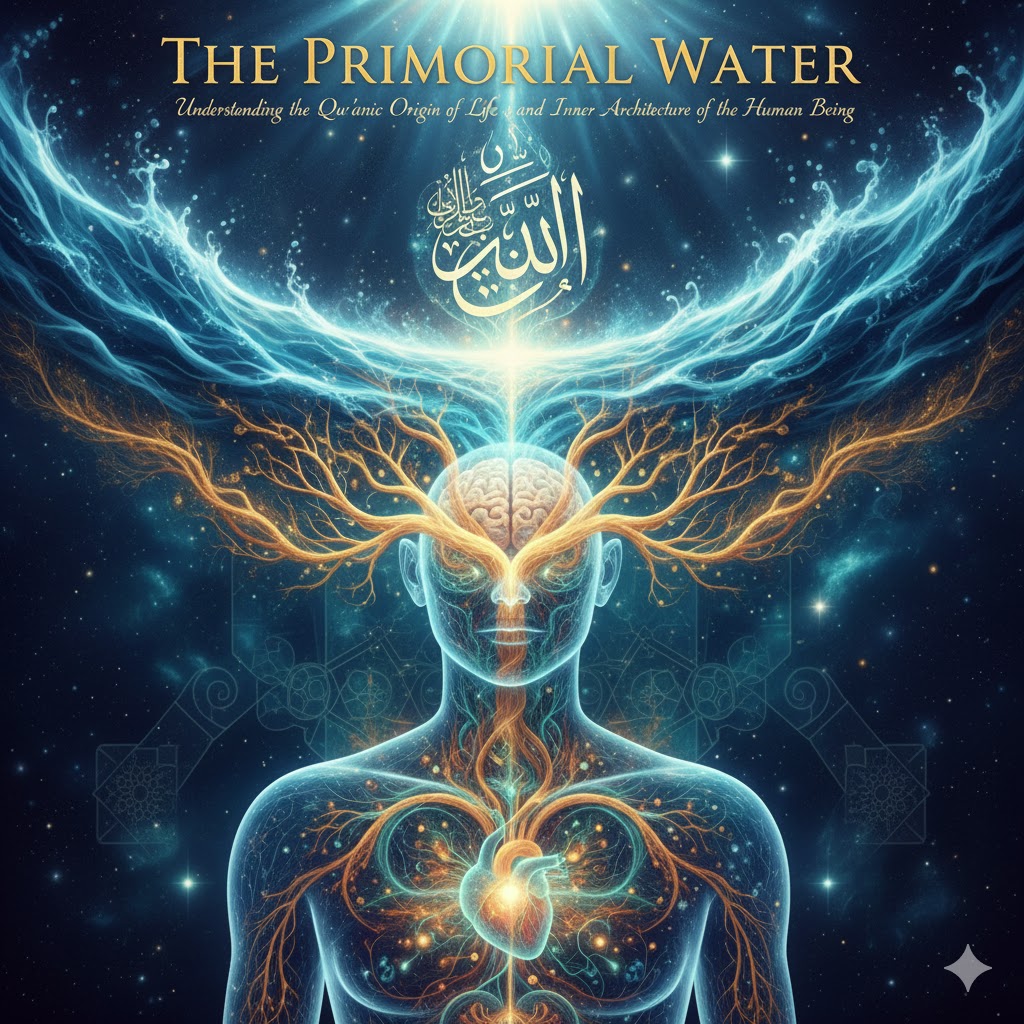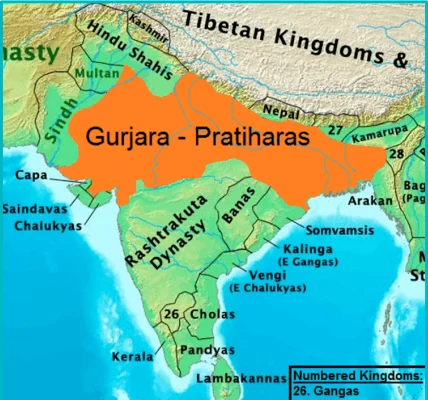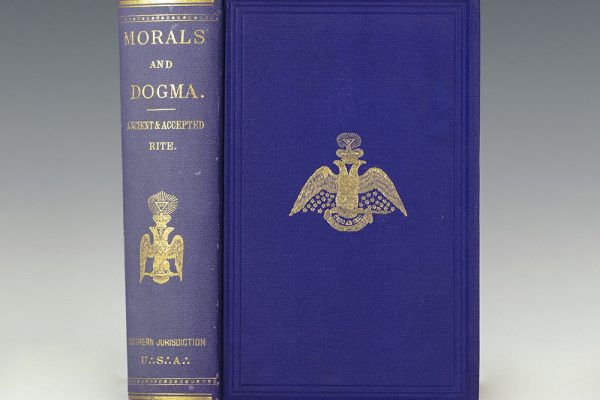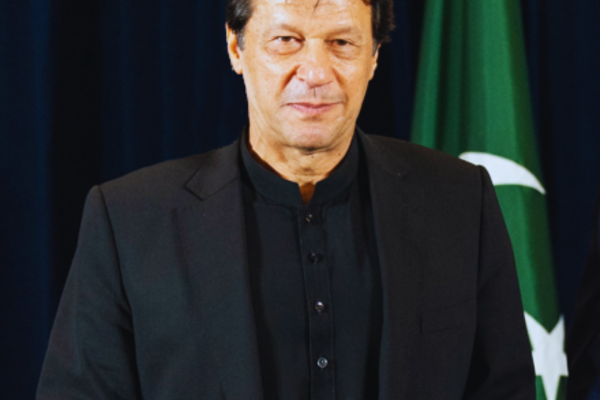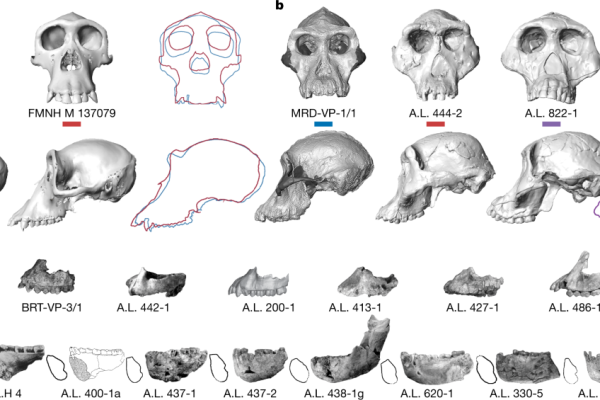
Exploring the Wonders of Nature: A Deep Dive into Natural History, Volume 113, No. 9, November 2004
The November 2004 issue of “Natural History” magazine, Volume 113, No. 9, offers an enriching exploration of the natural world, featuring a diverse range of topics from biodiversity and evolutionary insights to intricate animal behaviors and ecological interactions. Key articles delve into the critical role of pollinators, the evolution of flight, and the social structures of primates. Additionally, the issue addresses the challenges faced by migratory species and the importance of predator-prey dynamics and symbiotic relationships in maintaining ecosystem health. This volume not only educates readers about the wonders of nature but also underscores the urgency of conservation efforts to protect our planet’s fragile biodiversity.






